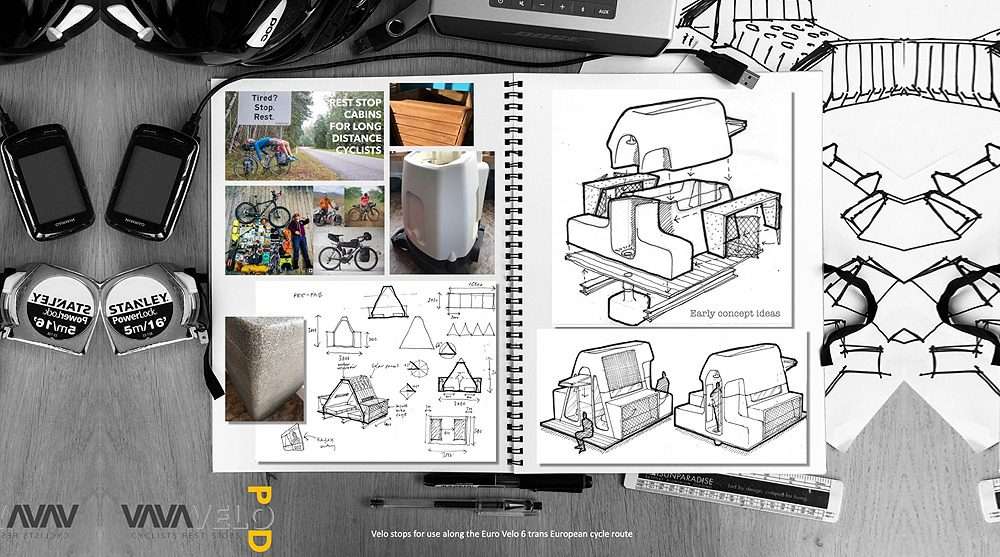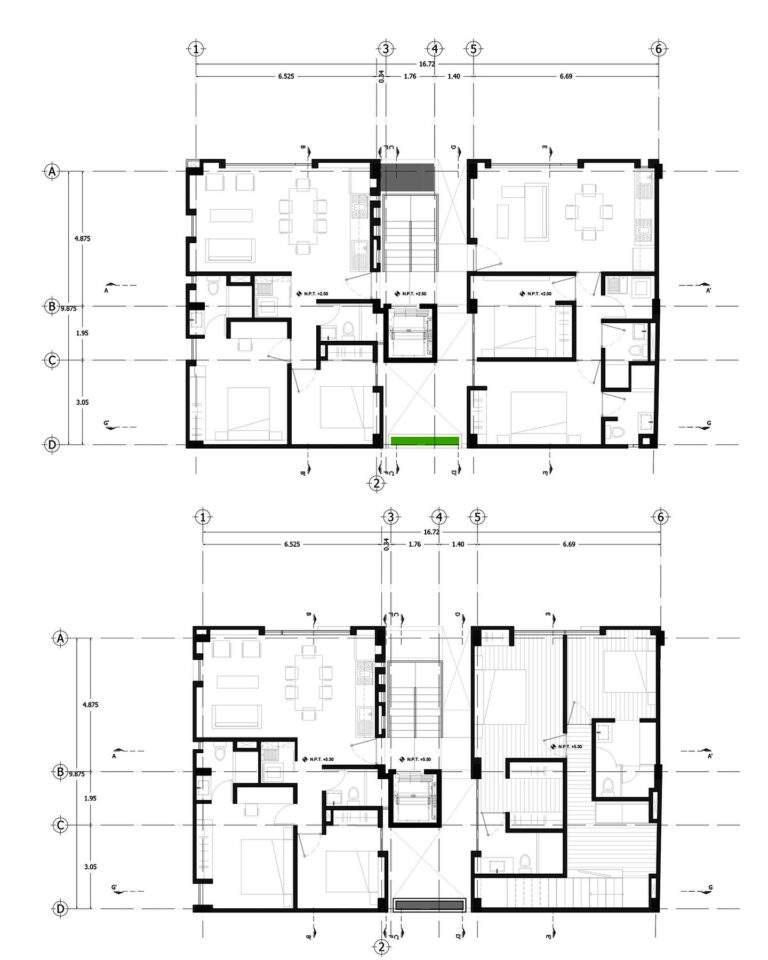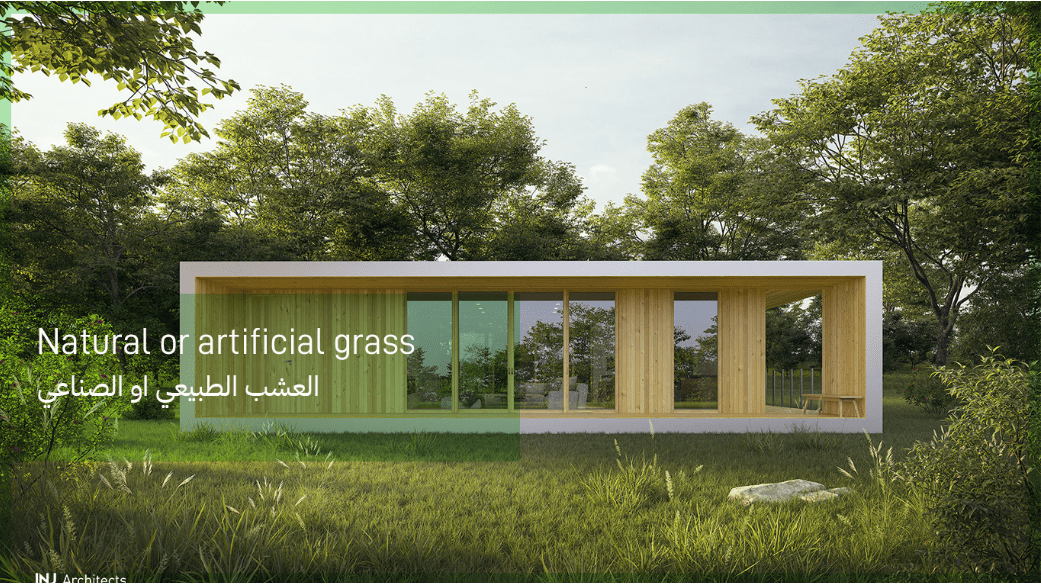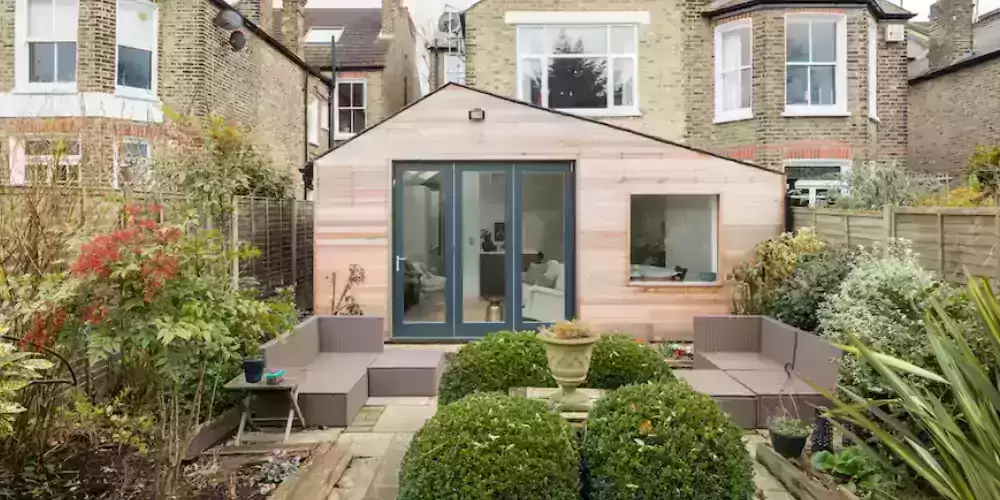Entering an architecture competition is rewarding and fulfilling, no matter how successful you are between final entries.
However, everyone likes to win, so here are some tips you should remember if you want to win an architecture competition.
Determine your goal/why do you want to participate in an architectural competition?
Before you even start researching architecture competitions, it’s important to define your goals as to why you want to enter a competition.
It is a commitment and will require a great deal of energy, effort and time.
There are many great reasons to enter architecture competitions, from building your portfolio,
To enhancing your critical thinking, to wanting to get some media attention for yourself or your practice.
They are all great reasons, and not just one, but it’s important to keep your overall goals in mind.
Keep in mind that if your only goal is to win the prize money,
You are more likely to be disappointed if you have a genuine interest in the topic or in finding an innovative solution to the problem.
And while aiming high doesn’t hurt, it will make the competition more rewarding if you have the right attitude from the start.

Choose the right architecture competition for you (and your team)
For this reason, it is also important to choose the right team for your competition. Architecture competitions are a great opportunity to complement your professional or educational experience.
But it can also be a welcome departure from your day job.
Knowing your strengths and those of your team will help you make a more informed decision about the architectural competition you will participate in.
And since competitions are usually either ideas competitions or project competitions –
Meaning that they are either fully conceptual or have the potential to lead to actual commission – this will be a vital deciding factor.
Don’t let the fact that you are not fully qualified stop you from participating in the project competition, if your design is selected as the winner,
The next step is to work with the client and possibly a local architect to finalize plans for the project.
Choosing the right competition is crucial to increasing your chances of success.
As well as choosing the right team, ask yourself what kind of collaboration you are looking for,
Are you looking for a leader, organizer, self-starter,
collaborator or someone with a set of skills that you can learn from?
Since teams are usually limited to four members,
it is essential that everyone is able to contribute in a way of equal value.

Don’t just meet the requirements of the competition, but exceed them
There is usually a recommended requirement for an architecture competition, which is the minimum functionality that your project design must fulfill.
But don’t stop there, these are often guidelines, a springboard for your creativity to flow.
Different competitions will focus differently on the practical aspects of your design.
And while it can be fun and exciting to dream up the most elaborate creations,
However, each competition will have functional requirements that are important to include.
Logic and reason don’t always have to be at the heart of your project’s design,
but don’t get so caught up in the aesthetics of your entry that it ignores its intended function.
Similarly, when entering a contest for ideas, getting bogged down in detail will really hinder your creativity,
if that’s a real commission.
You will have to consider things like underground excavation, height restrictions,
cost, planning permission, energy access, etc.
But unless the competition abstract specifically asks for a solution to one of these issues,
don’t take up space on your submission board that covers it.
Smart architecture and smart cities in making cities more sustainable and smart









